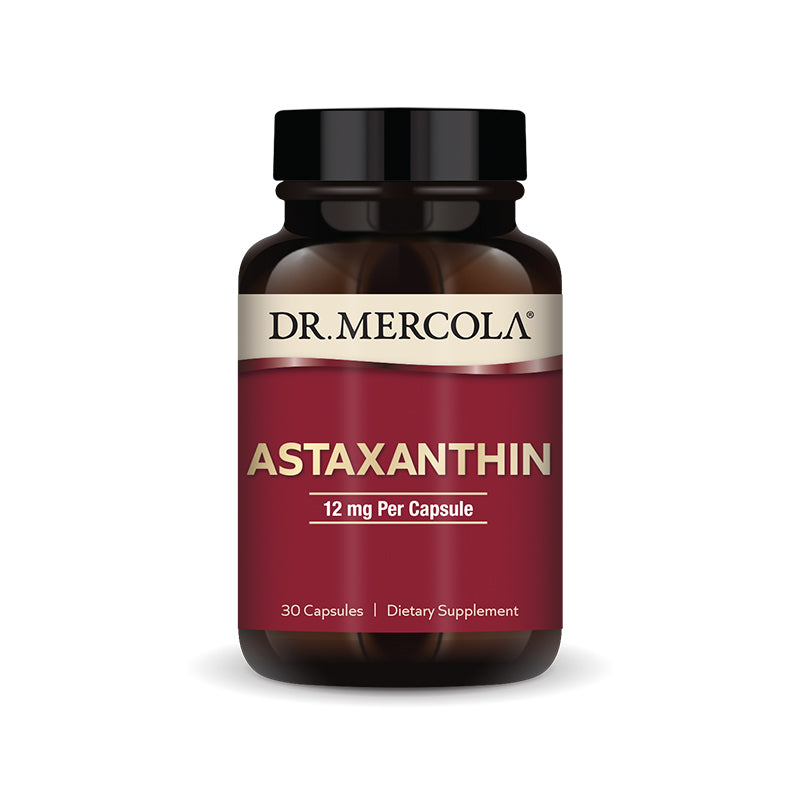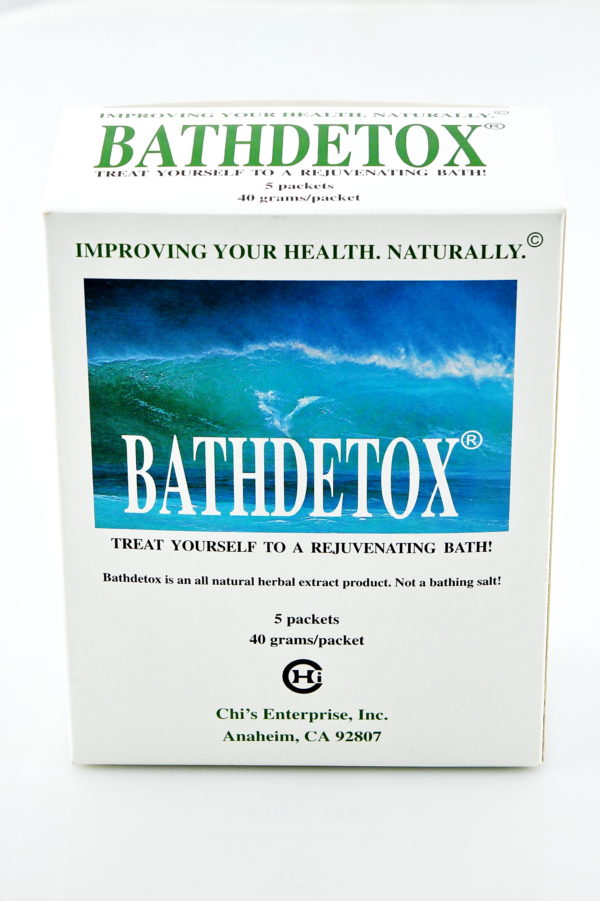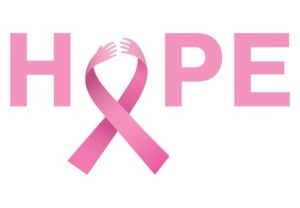by Glen Depke
Really, bad weight loss, is there such a thing? There are a lot of “skinny fat” people that I have seen in my career. These are people that appear to be lean and healthy, yet have health challenges comparable to an individual that is obese.
How does this happen? Bad weight loss!
Based on the mainstream information we have been fed for years, you would think that any weight loss is good weight loss but the simple fact is, that simply is not true.
Let’s first look a the main factors when we are discussing weight loss. Some positive forms of weight loss would include the loss of fat, reduction in inflammation or for those the have poor fluid retention that live with chronic edema, the loss of water weight.
So what would be considered bad weight loss?
The cannibalization of muscle mass, fluid loss due to a fluid restriction diet and most weight loss due to surgical intervention.
Let’s look at some of the common challenges with weight loss programs today.
The detoxification type dieting:
Often individuals will go on a detoxifying diet to lose weight and these often work but at what expense? When individuals focus on raw veggies and fruits for an extended period of time which is often the case with these types of diets, they are not recognizing that these foods are purely detoxifying and not nutritive. This is all about pushing toxins out without supporting the body. These diets are often deficient in protein intake which is another problem. Your body only holds protein for about 24 hours so after a day without protein your body has to cannibalize your muscle tissue for protein. In our opinion, while detoxification diets often work, this is not a healthy recommendation.
The heavy cardiovascular activity weight loss program:
This is when individuals commit to long duration cardiovascular activity for weight loss. This would be your distance runners, long range biking or the triathletes. This can even tie into those the excessively pursue one spin class, followed by an aerobic class, followed by a 5 mile run and so on. You get the picture. Well this is another state from which the body will often begin to cannibalize muscle tissue but also lowers human growth hormone.
Calorie restrictive diets:
While these may also appear to work because weight loss will generally occur, other challenges are created. Because of the impact that calorie restrictive diets have on your adrenal hormone condition, these will most often create a long standing challenge for adrenal function. The adrenals and pancreas have an intimate connect that can also create issues with insulin and blood sugar regulation. I see this all the time in my clinic with clients that have followed diets such as the HCG diet. 500 calories per day? Really? This screams out “fight or flee” and kicks in an adrenal response for those that are likely already adrenal compromised.
Water restrictive diets:
These are not as popular at this time but they were in the past. People would restrict water intake to lower their water weight which in turn would affect the overall electrolyte mineral balance. Since this balance is a basic fundamental of life, the results can actually be catastrophic.
Liquid diets or juice fasting diets:
These are still common today and create the same challenges as mentioned with detoxifying diets above. To much detoxification, often too fast and a lack of protein that leads to the loss of muscle mass.
So how the heck does someone loss weight then?
Well first of all, look at what you are losing. When losing weight in a healthy way, the main factors are fat loss and reduction in inflammation. For those that appear to lose weight very quickly this is often tied into a loss of inflammation which is very positive for you. As time progresses you will then begin to lose fat along with the inflammation to truly create a weight lose machine.
This is done by focusing on two different levels nutritionally. The first key is to address your Nutritional ID, which ties into your biochemical individual needs for nutrition. Click here to find out more about your Nutritional ID and take your complimentary Nutritional ID assessment. Whether you are a veggie, mixed or protein type you would be recommended to consume protein, fat and carbs but in different ratios as well as different types. This play a significant role in your body’s ability to convert food into energy, which is a key.
Second, you would like to address any food intolerance. If this is new to you, I would suggest assessing the most common food intolerance troubling our society today, which is a gluten intolerance. Follow this link to assess your likelihood of a gluten intolerance as well as a list of gluten foods in categories.
If you are really motivated, you can go as far as removing all potential inflammatory foods. The is quite an undertaking but significantly powerful for so many. If you’re looking to eliminate inflammatory foods, here’s your avoidance list. This list may be daunting to many but at least start with your Nutritional ID and assess your likelihood of a gluten intolerance.
Sugars: including agave, candy, chocolate, corn syrup, fructose, high fructose corn syrup, honey, maple syrup, molasses, sucrose.
High Glycemic Fruits: including bananas, canned fruits, dried fruits, mango, pineapple, raisins, watermelon.
Grains: including amaranth, barley, buckwheat, bulgur, corn, couscous, kamut, millet, oats, quinoa, rice, rye, spelt, wheat, wheat germ.
Nuts and Seeds: including almonds, peanuts, sunflower seeds, sesame seeds.
Gluten-Containing Compounds: including barbecue sauce, binders, bouillon, brewer’s yeast, cold cuts, condiments, emulsifiers, fillers, chewing gum, hot dogs, hydrolyzed plant and vegetable protein, ketchup, soy sauce, lunch meats, malt and malt flavoring, malt vinegar, matzo, modified food starch, monosodium glutamate, nondairy creamer, processed salad dressings, seitan, some spice mixtures, stabilizers, teriyaki sauce, textured vegetable protein.
Dairy Products and Eggs: including butter, cheeses, cow milk, creams, frozen desserts, goat milk, margarine, mayonnaise, sheep milk, whey, yogurt (except coconut).
Soy: including edamame, miso, soymilk, soy protein, soy sauce, tempeh, tofu.
Fungi: edible fungi and mushroom.
Alcohol: all alcohol.
Beans and Legumes: including black beans, lentils, peanuts, peas, pinto beans, soybeans.
Nightshade Foods: including eggplant, paprika, peppers, potatoes, Tabasco sauce, tomatillos, tomatoes.
Other: canned foods, coffee, processed foods.
Let’s not forget about exercise. For healthy weight loss I recommend the following exercise. Weight training, gentle flow yoga, Tai Chi, burst training, stretching and Pilates as the core of your training. These forms of exercise will help maintain proper growth hormone production while allowing for an increase muscle mass rather than break down. Every pound of muscle mass added is another 100 or so calories that you burn simply doing nothing.
We will discuss this further in the weeks to come…
If you have any comments or questions, please post these below for us to address personally.












